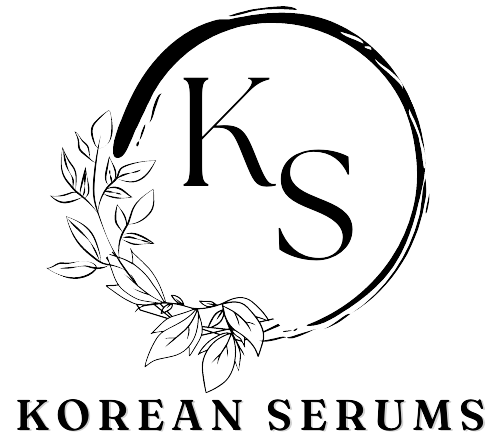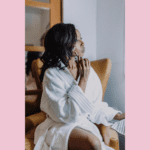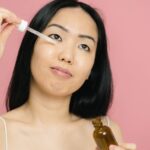The concept of cultural beauty standards is related to the accepted aesthetics of beauty standards, according to public opinion the standards of beauty typically focuses on features like facial symmetry and a slim body, which could be an evolutionary trait. But, mainstream media plays an important part in determining what people think is beautiful. The factors that shape the perception of beauty standards are movies, television, magazines, and advertisements. Beauty standards ideals are popular in society and are tied to the past of cultural beauty and the application of various cosmetics over the centuries. Top
Standards for beauty standards have advantages of their own. They also bring positive results, which benefit people in a variety of ways. But setting excessive standards can be extremely harmful.
What are the cultural beauty standards?
Standards for beauty are an array of values applied to the appearance and body of clothing, and females and males are considered attractive and beautiful to be a part of the social group. These standards focus on the hair, skin, clothing, and other bodily parts.
Modern beauty tips adhere to impractically unattainable standards that are difficult to live with. Women are generally expected to have an attractive body image in a different way than men. So, it’s evident that many women are aware of their appearance. In turn, because of the influence of famous fashionistas, women are obsessed with appearance.
Every series, movie, or short film commercial showcases gorgeous ladies and hunks to draw attention. Also, social media today allows creators of content to influence viewers all over the world with their TikTok reels and videos. Undoubtedly, these exposures provide the foundation for establishing standards for beauty standards and body image around the globe.
We have a distinct way of looking at cultural beauty standards that is unique to us, but so do other people. Here are some unique things that other cultures consider attractive.
1. Face Tattoos
The practice of tattooing the lips and chin of Maori women from New Zealand is considered beautiful. The practice has been practiced for centuries and consists of Ta-Mako designs tattooed in dark blue or black ink applied to a woman’s face. Ta-Mako tattoos also serve as a way of proving one’s belonging to Maori culture. Maori tribe.
2. Henna
While it is now a popular fashion across America, it is not new. The United States originated in India and is temporary body art. Indian females are seen wearing henna when they get married and at certain religious celebrations to add beauty standards. Henna also signifies a higher social status for Indian women.
3. Foot Binding
Despite its ban from the 1930s on, foot-binding was a major element in Chinese culture. The procedure of foot binding involves breaking the toes by bending them inward towards your foot’s sole. After that, bind them by wrapping the fabric tightly. The result was tiny and petite feet, considered appealing in China.
4. Lip Plates
Lip plates are a common accessory for women from the Mursi tribe of Ethiopia. The woman’s two top and bottom front teeth are typically removed to allow for a lip plate. The lip plate is removed in the teen years and then grows larger. The bigger the lip, the more attractive a woman is thought to be beauty standards.
5. Heart-Shaped Faces
South Koreans are in South Korea, and the current trend is cosmetic surgery to make a face appear more heart-shaped. This procedure involves breaking down the jawbone into 3 pieces by removing the middle piece and fusing the remaining two parts to form an angled cheek. The chin shape is considered South Korean women’s most attractive facial shape beauty standards.
6. Yaeba
In recent times, Japanese women have been plagued by a fascination with the appearance of crooked teeth. It’s called Yaeba, which translates into “Double Tooth.” Women visit orthodontists to undergo extensive treatment to make their teeth appear more sloppily and unevenly. The idea is to help women appear more friendly and attractive.
7. Scarification
Scarification is common in various African regions, predominantly Ethiopia and South Sudan, and can also be seen in Papua New Guinea. In these societies, it is performed using knives to leave permanent patterns on the skin. This is performed for girls and boys as an opportunity to enter adulthood.
8. Skull Binding
Skull binding was popular throughout the ancient world, from the Middle East to South America, beginning around 7000 BC. Skull binding was a way of shaping the skull to be longer. Then it was a method of wrapping the head of an infant in the tightest fabric or using a brace made of wood to shape the head of a baby. The skulls’ shape was an indicator of cultural standards of beauty, as was social status.
9. Skin Whitening
Because Western women have lighter skin tones, women from other cultures now adopt this appearance. To get very pale skin, women from Thailand, Japan, and China have been avoiding any sun exposure at all costs and have even used the colour white to get the light skin tones that a few Western women sport.
10. Ear Stretching
Ear stretching is a popular activity for both genders in South America and Africa. It is common for people to first piece their ears using weights, and then gradually stretch their earlobes until they reach nearly shoulder length. This is considered an act of elegance and tribal ties.
Conclusion
Beauty isn’t real. It’s merely an illusion. The appearance of a person is determined by our society. When we think of beauty, we often imagine a perfect body and flawless complexion. However, is that really the case? You shouldn’t be blaming yourself for your acne-prone skin, freckles on the face, the gap between your teeth, etc., which make you unique. What defines beauty differs for everyone. In addition, as people get older, their beauty will diminish and disappear. Thus, the standards for beauty never remain identical.
Read more : Top 11 Female Beauty Standards That Yov’ve Never Heard Before! (2023)







